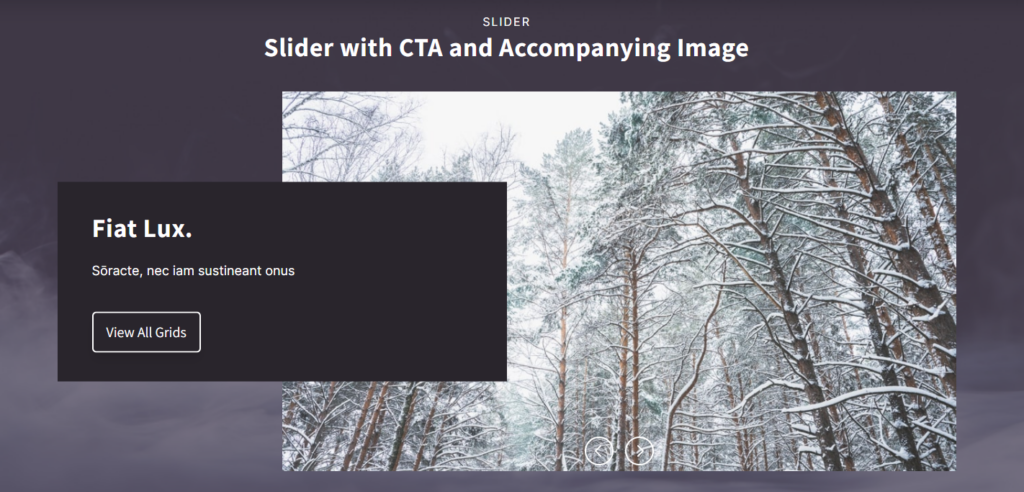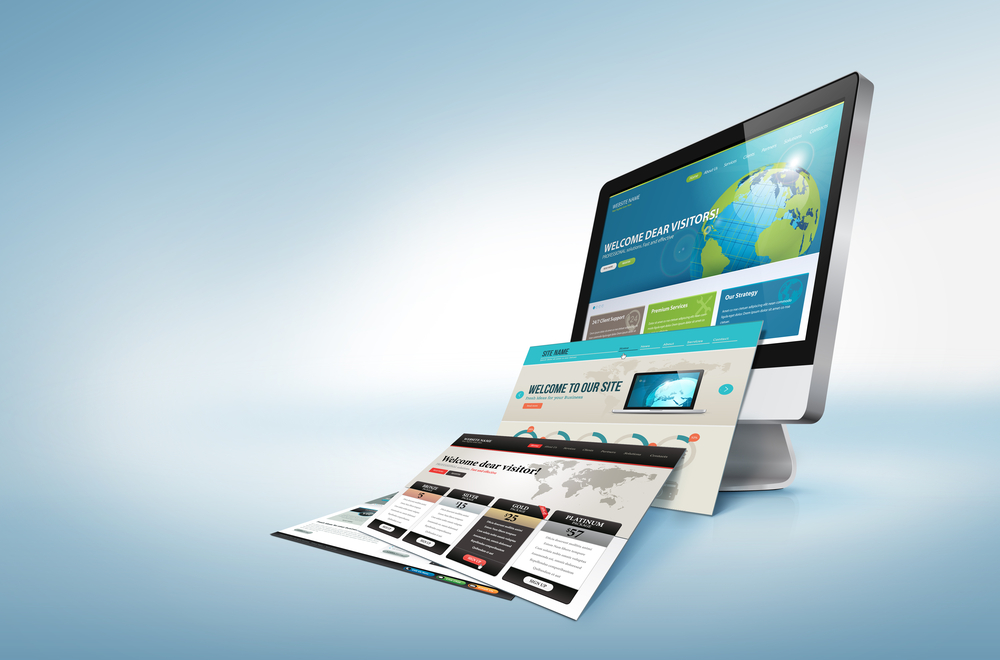“Websites promote you 24/7. No employee will do that.”
― Paul Cookson
The internet is home to more than 1.8 billion websites. Nearly every company today has established itself online.
But, one of the most prominent notions of technology is its ever-changing nature. New trends are witnessed every year, throughout the year.
The websites which keep up are few. But, the ones that do have a much better conversion rate compared to peers.
How does your website fare?
Check out this list of the top expected ten web development trends and see where you can start making improvements.

1. Mobile-first design
Let’s start with one you should be well aware of, and if you’re not, stop reading now and get help! I’m talking about mobile-first design. The days when desktop browsing was more popular than browsing through mobile are long behind us. The number of mobile users has surpassed desktop users big-time.
As the reign of smartphones is expected only to grow, mobile-first design becomes non-negotiable.
If you go back 5+ years, the practice was to build a desktop-centric website and take care of mobile responsiveness after the fact.
Now the tables have turned.
If your website is not optimized for mobile, you can bet your competitor’s website is, and their users love it.
Check out this portfolio of websites optimized mobile.
2. Graphics overlapping on images

A mixing of graphics to the pictures―this technique makes the website more appealing to the audience. It also adds focus to the center point of the images and brings focus to them.
This trend is expected to be explicitly implemented by ecommerce and business websites on a large scale.
Along with this, the use of organic shapes is also expected to grow. Organic shapes are asymmetrical shapes, like the wind, river, waves, etc. Their use gives the website a more natural look than regular shape dividers do.
3. WebAssembly
Google prioritizes websites that load faster and deliver a better UX for SEO. The better your website’s SEO is, the better your reach and the greater potential for conversions.
WebAssembly is a recently developed framework for web applications. It doesn’t rely on specific programming languages or platforms. Launched in 2015, it can execute the code quicker than JavaScript and optimizes the web performance.
It is fast gaining popularity and is expected to be a significant web development trend this year.
4. Motion Design & Motion UI (the tool)
A subset of graphic design, motion design uses graphic design principles in a video production context. These designs have been around for a while but are becoming more popular as technology has made creating them more accessible and affordable.
Think of films or shows that include a moving logo or animation as part of the introduction before beginning. Or animated splash screens you see when opening an app.
Motion UI, a tool for quickly creating CSS transitions and animations, amassed massive popularity in 2020.
It offers similar animations to those seen in PowerPoint and can be used to emphasize critical focus points, such as call-to-actions (CTAs) and other elements of your website.
This modernization can be a great addition to any website and is compatible with nearly all web technologies.
5. 3D Visuals
3-Dimensional photography and videography have been well received since being introduced. Although it has existed for some time, it previously cost a fortune to produce. With the addition of new tools and technologies, costs are now manageable.
Today, some companies even have in-house visual artists dedicated to producing 3D assets.
Additionally, virtual-reality devices like the Oculus and Google Glass are becoming a norm. 3D visuals can deliver an exciting user experience that is one-of-a-kind. If the trend continues, it will add even more value to 3D assets.
6. One page websites
A few years back, websites having multiple pages were the trend as they could reflect umpteen information. But, data shows our attention span has decreased since then. We expect quick and easy access to information.
Consequently, one-page websites have gained popularity. These consume very little space on servers, deliver information to users efficiently, negate the effort to browse through numerous pages, and get better traffic.
From the developer’s viewpoint, they are cost-effective and easy to create and maintain. It’s a win-win for both parties.
7. Progressive Web Apps (PWAs)
A progressive web application can be considered as a hybrid between websites and apps. These are built using standard web technologies like HTML, CSS, and JavaScript.
They are being used today by several major companies like Twitter and Uber. The specialty of these apps is that they can also run offline, just like Google Maps.
The static files are stored in the cache of the web browser. Whenever the users open the website again, those static files are fetched to deliver an uninterrupted experience.
PWAs are already widely in use and are expected to grow even more from here.
8. Voice UI
Alexa and Google Home have revolutionized the way people surf the internet.
Many people opt to speak for Google searches rather than type, especially if it’s a question. It is much more convenient and easy-to-use.
In a short period, people can start shopping through e-commerce websites without having to touch a screen.
It is where support for voice UI in websites will play a significant role. With staggering growth projected for the technology, voice UI may become the most talked-about web development trend for the year.
9. Interactive and responsive elements
There are so many different devices and screen sizes to account for in today’s web designs. The addition of interactive and responsive elements to your website can help achieve an improved UX.
For example, CTA buttons, contact forms, images, and backgrounds can all be made to respond to touch, hover over, or page scrolling. These elements can help keep the user engaged. However, too much can distract the user from your end goal, so remember not to clutter your website.
If you have an ecommerce website, you’ll want to make sure that you have these in place.
10. Dark mode and low-light UX
People today stare at their screens more than ever, and eye strain is something we are all too familiar with after a long day of work. Dark mode and low-light UX have been around for a while but are only just starting to be adopted by major websites and mobile apps like Twitter and Instagram.
The option to switch between the dark and light modes makes sure every user gets whatever they prefer. Look for more popular websites and applications to pick up this feature.
Not only does changing the color help users interact with your website, but it makes your website more accessible per ADA standards.
Conclusion
Websites are no longer just about programming. The focus now is on creating a one-of-a-kind pleasing experience.
The future isn’t 100% certain, but these trends will likely continue to grow and are here to stay. While you don’t need to implement every trend, the more you can pick up on the better off you will be against your competition.
Looking for design ideas? Check out the Miles Portfolio and get inspired!


